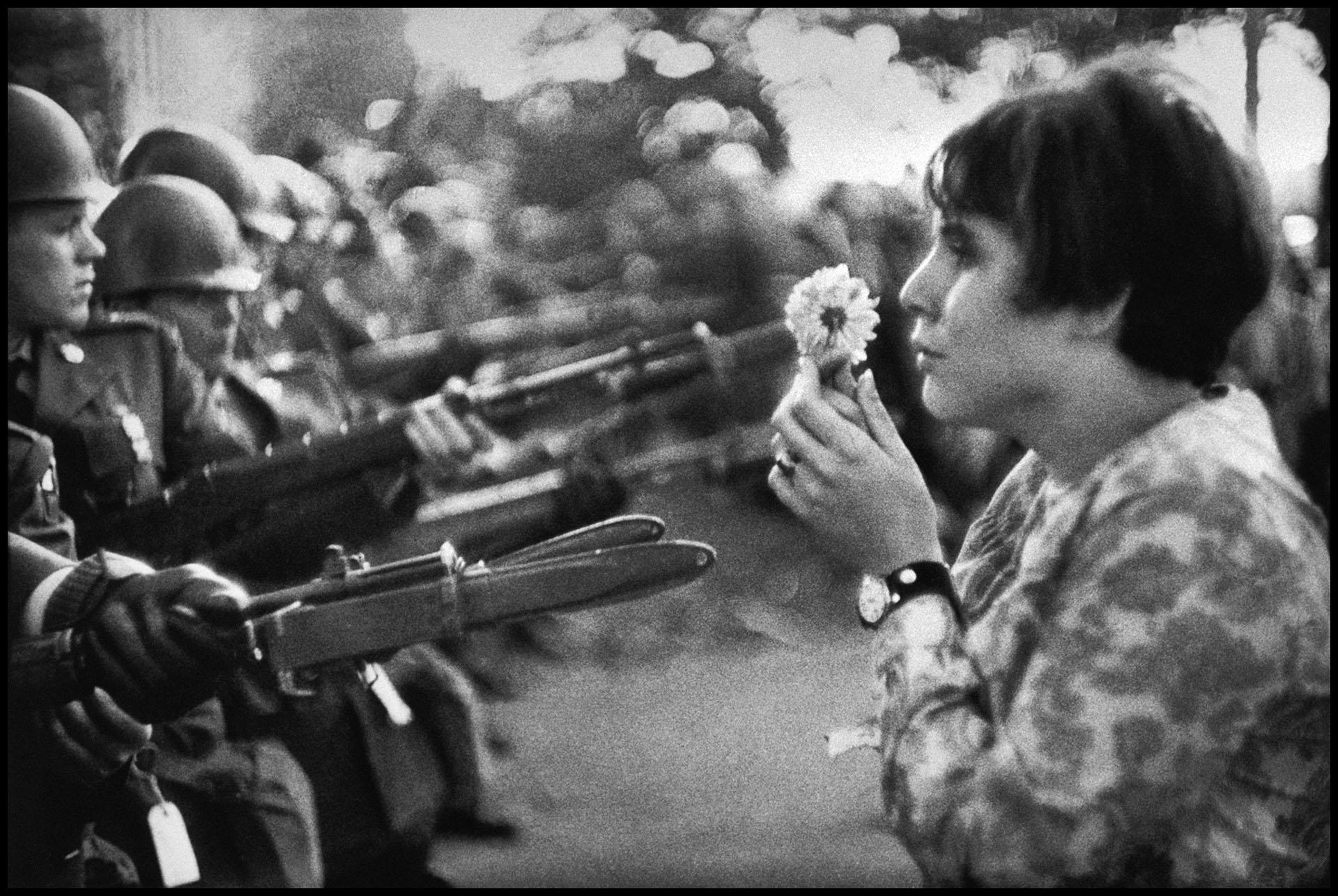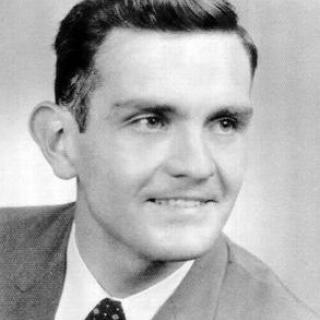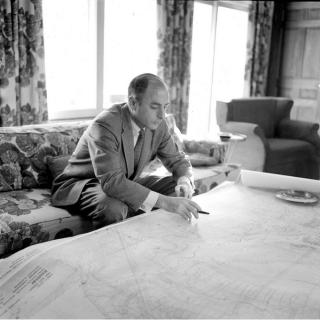Whatever Happened to the Flower Girl?
The Vietnam War was a tragic era that changed America in many ways and left a number of indelible images burned in our collective psyche. One such image that encapsulated the anti-war movement here at home was that of a young protestor standing in front of a row of bayonet-wielding soldiers holding a chrysanthemum.
French photojournalist Marc Riboud was already well-known internationally for his coverage of the conflict in Vietnam. He traveled to the U.S. because he wanted to document the domestic turmoil that the war had stirred. There was no better place to do this than the October 21, 1967 March on the Pentagon, one of the largest demonstrations of the war.
Over 100,000 people marched from the Lincoln Memorial across the Potomac to the Pentagon. The organizers, the National Mobilization Committee to End the War in Vietnam, wanted to put pressure on the government to end U.S. involvement in Southeast Asia, and they figured the best way to do that was to take their message right to the front steps of the American military establishment.
Riboud was one of the journalists there to cover the event. He first noticed 17-year-old Jan Rose Kasmir standing directly in front of a group of soldiers, all of them holding rifles at the ready with bayonets attached.
“She was just talking, trying to catch the eye of the soldiers, maybe try to have a dialogue with them,” Riboud recalled years later. “I had the feeling the soldiers were more afraid of her than she was of the bayonets.”[1]
Riboud quietly snapped away in the fading daylight as Kasmir tried to draw the attention of the soldiers, many of whom were not much older than her. They did not engage her, instead remaining stoic and visibly unmoved.
Kasmir later said, “At that moment, the whole rhetoric melted away. These were just young men. They could have been my date. They could have been my brother. And they were also victims of this whole thing. They weren’t the war machine.”[2]
Kasmir was a high school student whose older sister died when she was 12, and she had spent time in the foster care system as a teen. “I was just a good heart trying to follow the light,” she told Smithsonian Magazine years later. “I just hopped on a D.C. transit bus and went down to join the revolution. None of this was planned. This was before we were all media savvy.”[3]
In fact, Kasmir had no idea just how famous she had become for almost 20 years. Riboud did not introduce himself to her after taking her picture, and she went on with her life. “I had no idea somebody had taken my photograph that day,” Ksamir said. “I stayed at the protest until it got dark, and then took the bus home. To me, it was not a particularly eventful day.”[4]
The protest made international news and became an historic point in the Vietnam War. The photo of Kasmir circled the world, but her identity remained a mystery for decades. She went on with her life, and suffered some severe setbacks along the way, including a sexual assault while in college and years of addiction while trying to recover from the incident.
Kasmir achieved sobriety in 1978, and became a massage therapist in 1986. The whole time, she was unaware of the famous photograph until her father came across it in a photography magazine in the 1980s. She wrote to Riboud, via the Magnum news agency he worked for at the time, identifying herself as the flower girl, but she never heard back.
Kasmir maintained a massage therapy practice in South Carolina until 1991, then spent a decade in Denmark with her husband and daughter. She returned to South Carolina, and in 2003, a French newspaper tracked her down.
Riboud and Kasmir were reunited the following year in London where Kasmir took part in a demonstration to protest the Iraq War. Since 2004, Kasmir has continued her massage practice and acting as a voice for peace, participating in domestic and international conferences and demonstrations.
Footnotes
- ^ Quoted in Andrew Curry, “Flower Child,” Smithsonian Magazine, April 2004. http://www.smithsonianmag.com/history/flower-child-102514360/
- ^ Quoted in, Bill Ganzel, “Sixties Survivors,” http://www.sixtiessurvivors.org/kasmir.html. This site features updates on a number of individuals who were in some way pivotal in the 1960s and were profiled by LOOK Magazine.
- ^ Quoted in Curry, “Flower Child,” Smithsonian Magazine, April 2004. http://www.smithsonianmag.com/history/flower-child-102514360/
- ^ Quoted in “That’s me in the picture: Jan Rose Kasmir at an anti-Vietnam war rally at the Pentagon, in 1967,” The Guardian, November 7, 2014. https://www.theguardian.com/artanddesign/2014/nov/07/jan-rose-kasmir-an…






![Sketch of the mythical fuan by Pearson Scott Foresman. [Source: Wikipedia]](/sites/default/files/styles/crop_320x320/public/2023-10/Goatman_Wikipedia_Faun_2_%28PSF%29.png?h=64a074ff&itok=C9Qh-PE1)












